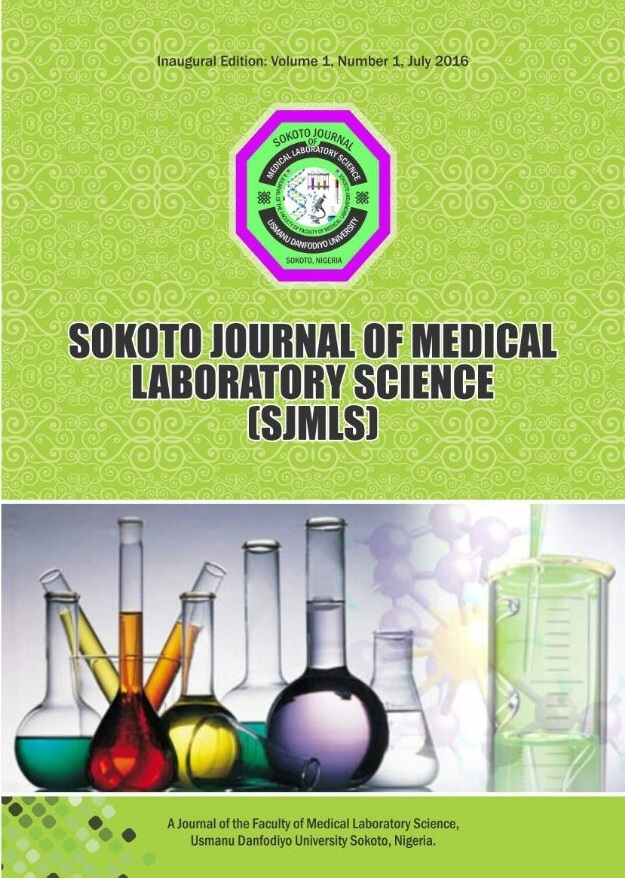Histomorphololgical Assessment of the Alcoholic Extract of Saccharum officinarum Bark as a Primary Stain
Keywords:
Histomorphololgical, Extract, Saccharum, officinarum, Bark, Stain.Abstract
Saccharum officinarum (Sugarcane) refers to several species and hybrids of tall perennial grass in the genus Saccharum, tribe Andropogoneae and belong to the grass family. It is consumed directly in confectionery, used to sweeten beverages, as a preservative, as a decorative finish for cakes and as a raw material in the food industry. The aim of this study was to evaluate the histomorphological assessment of the alcoholic extract of the Saccharum officinarum bark as a primary stain. The Saccharum officinarum barks were dried in shade for 1 week. The dried stalk was grinded into powder with pestle and mortar. The various alcoholic concentrations 5%, 10% and 15% with different mordant (potassium alum and ferric chloride) were constituted and used to stain liver and kidney sections. Five percent (5%) alcoholic extract of Saccharum officinarum bark mordanted with potassium alum stained the liver and kidney tissue section in the shade of pale pinkish and pale red while 10% and 15% of alcoholic exract of Saccharum officinarum bark mordanted with ferric chloride as a mordant stained the tissues pale red, with excellent and well-preserved tissue constituents. In conclusion, the data obtained from the present study suggest that the alcoholic extract of Saccharum officinarum bark can be used as a substitute for haematoxylin due to its domestic availability.




